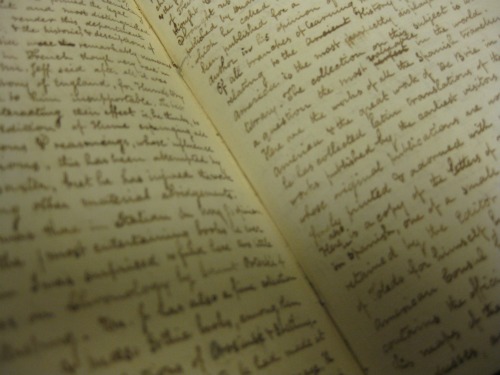
These days are filled with happiness,
Encouragement, and zest.
Companionship we never lack,
Or chance to play—or rest;
No silly rules there are, and yet,
No doubt of loving care.
Each girl has opportunities
To serve, enjoy, and share.
—From a 1917 brochure about Camp Teconnet
In 2008, we made a lucky find in a rare book dealer’s catalog: a lovely New England girls’ summer camp photograph album. We were utterly charmed by this album of black and white photos of girls at Camp Mascoma, in New Hampshire in 1916 and Camp Teconnet Maine in 1917. The unidentified teenage girl who created this album clearly had a wonderful time swimming, canoeing, and sitting around campfires with the friends she made, each with her own nickname like “Parsnips.”
The album also included material clipped from a promotional brochure about Camp Teconnet, which described camp life as “the wisest and sanest solution of the vacation problem for girls.” The brochure also proclaimed, “Physical measurements are taken at the beginning of the season for each camper and from these the ‘Missus’ and councilors form the foundation for the work with the individual, encouraging here and holding back there, so that the end of the season may bring its own reward in better health and physique.” These girls certainly do look healthy and fit!
You’ll find a detailed description of this album here. If you’d like to look through the album yourself and reminisce about your own days at camp (or if you have any questions about the album), e-mail us at special-collections(at)duke.edu.
Post contributed by Kelly Wooten, Research Services and Collection Development Librarian for the Sallie Bingham Center for Women’s History and Culture.












